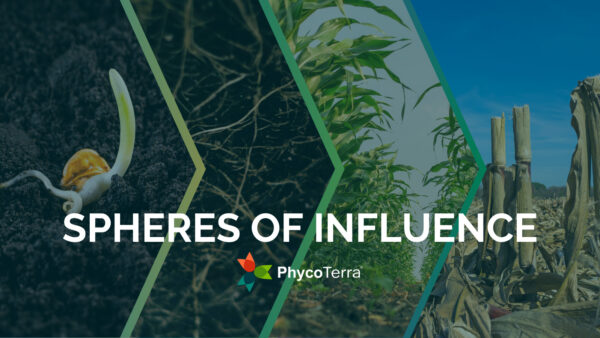Through the years, local governments have tried to pass laws banning GM crop production, with some failed attempts and some successful. Here, you’ll get an overview of the landscape today.
During the past five years, a sprinkling of counties across a few states have written and passed local bans on the production of genetically modified crops, with varying results. States where local ordinances have been passed include California, Colorado, Hawaii, Oregon and Washington.
In 2004, Mendocino County, Calif., was the first U.S. county to ban “the growth of genetically engineered life forms.” The irony was that no known biotech plants or animals were being raised in the county at the time, so it proved more symbolic than anything.
In recent years, counties in Colorado and Oregon have been making the headlines. While these actions aren’t as much a political statement, production is limited. And counties question whether they have the capability to enforce such zoning rules.
For example, Oregon’s Jackson and Josephine counties both passed initiatives banning the harvest of GM crops. However, the Oregon legislature passed a state level pre-emption of local GMO regulation. At the time the law was drafted, Jackson County had already qualified for the ballot, meaning the ordinance is enforceable, while Josephine County’s is not. A judge has since struck down Josephine County’s ordinance stating: “The state law says that the localities may not legislate in this area; and the voters of Josephine County have attempted to legislate in the exact same area. It is impossible to read the two enactments in harmony; so that the local ordinance must give way.”
Jackson County Farm Bureau estimates about 2,000-3,000 acres of GM production (primarily alfalfa and corn) are grown within county limits. In 2015, the ban was estimated to cost the county as much as $200,000 a year for enforcement employees, and the task of having to remove “GMO contaminants” from the soil could cost millions of dollars.
Ron Bjork, a past president of the Jackson County Farm Bureau, says it’s not like someone can look at a crop and know if it is GM or not; it has to be tested. In Jackson and Josephine counties, the local ordinances have put farmer against farmer, and coexistence is almost nonexistent.
Taking a slightly different approach is Boulder County, Colo., where local leaders voted 2-1 in December 2016 to ban GM production on county-owned land.
Public Lands Taxpayers’ Domain
Boulder County has chosen a more moderate approach, working with farmers to phase out GM production while at the same time investing in a new ag research center.
Boulder County has been buying farmland since the 1970s as a way to preserve its rural spaces and pushback on suburban sprawl. Today, the county manages more than 100,000 acres of land for recreation, farming and ranching.
The Boulder County plan phases out the production of GM corn by the end of 2019 and sugar beets by the end of 2021. In 2015, about 1,200 acres, or about eight percent, of the county’s land was used for the production of GM corn and sugar beets. The plan also hits neonicotinoids, to be phased out within five years. However, it leaves open the possibility that in the future, the county would consider allowing GM crops with traits that don’t rely on the use of pesticides.
Additionally, the plan requires county staff to work with each tenant farmer to determine the financial risks of the transition and to help find ways to minimize potential negative impacts.
As part of these efforts, the county is to fund a sustainable agriculture research center, where experiments can be done comparing a variety of production methods and technologies for growing crops.
While local bans have been slow to materialize, they steal headlines during the process.












